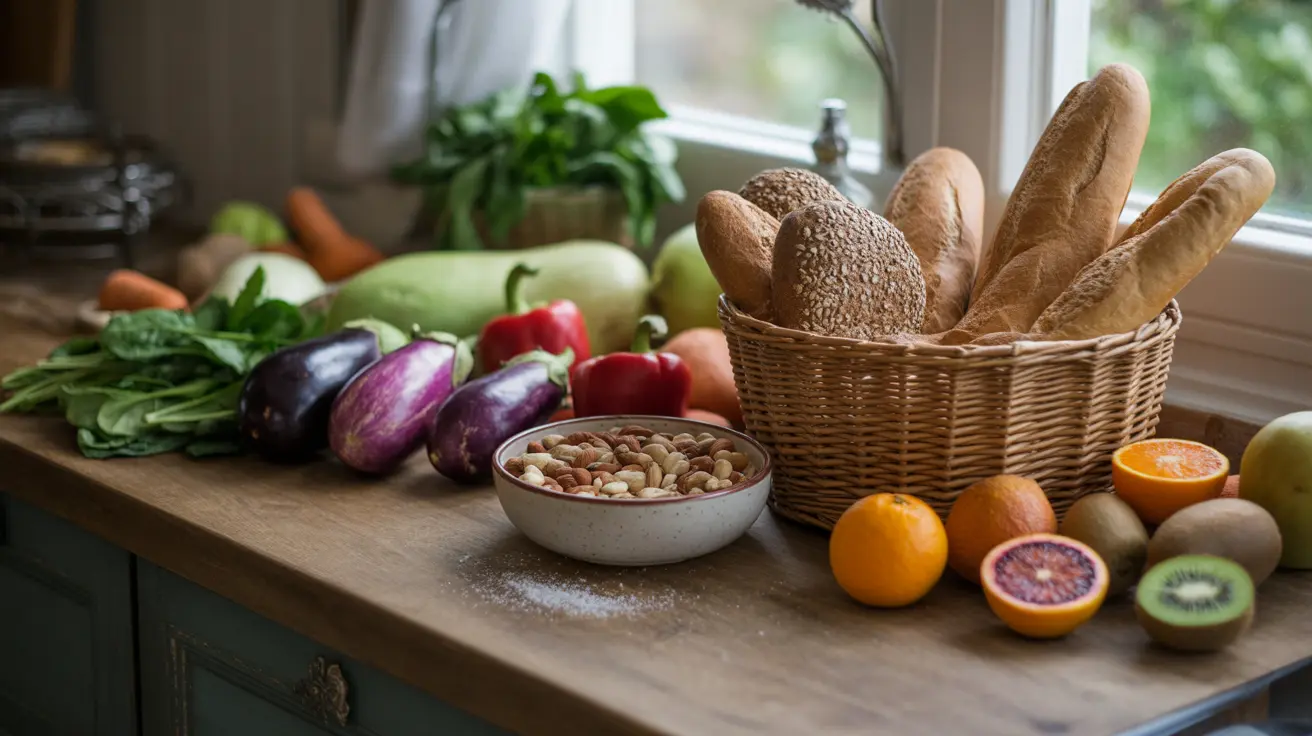Living with low blood pressure (hypotension) can be challenging, but there are several effective ways to manage this condition through dietary and lifestyle changes. Understanding how to raise blood pressure safely is crucial for maintaining your overall health and well-being.
This comprehensive guide explores evidence-based strategies to help you manage low blood pressure naturally, with a focus on dietary modifications and lifestyle adjustments that can make a significant difference in your daily life.
Understanding Low Blood Pressure
Low blood pressure, or hypotension, occurs when blood pressure readings fall below 90/60 mmHg. While this isn't always dangerous, it can cause symptoms like dizziness, fatigue, and fainting in some people. Understanding your condition is the first step toward managing it effectively.
Dietary Strategies to Raise Blood Pressure
Increasing Salt Intake Safely
While excessive sodium isn't healthy for most people, those with low blood pressure may benefit from a moderate increase in salt intake. However, this should always be done under medical supervision, as individual needs vary significantly.
Hydration and Fluid Intake
Maintaining proper hydration is crucial for managing blood pressure. Aim to drink 8-10 glasses of water daily, and consider including electrolyte-rich beverages when exercising or in hot weather.
Beneficial Foods and Nutrients
Several foods can help support healthy blood pressure levels:
- Whole grains and complex carbohydrates
- Foods rich in B vitamins
- Foods high in folic acid
- Caffeine-containing beverages (in moderation)
- Mineral-rich foods (especially those containing sodium, potassium, and magnesium)
Lifestyle Modifications
Exercise and Physical Activity
Regular physical activity helps improve circulation and strengthen the cardiovascular system. Start with gentle exercises and gradually increase intensity as your body adapts.
Proper Position Changes
Make slow, deliberate movements when changing positions, especially when moving from lying down to standing. This helps prevent sudden drops in blood pressure that can cause dizziness.
Compression Garments
Wearing compression stockings can help improve blood flow and prevent blood pooling in the legs, which can contribute to low blood pressure.
When to Seek Medical Help
Certain warning signs indicate the need for immediate medical attention:
- Severe dizziness or fainting spells
- Chest pain or shortness of breath
- Irregular heartbeat
- Severe headache
- Vision problems
- Persistent fatigue
Frequently Asked Questions
What foods can help raise low blood pressure naturally?
Foods that can help raise blood pressure include those high in sodium, such as salted nuts and pickled foods, as well as foods rich in B vitamins, folic acid, and minerals. Hydrating foods and beverages also play a crucial role in maintaining healthy blood pressure levels.
How can I manage low blood pressure through dietary changes and lifestyle adjustments?
Effective management strategies include increasing salt intake (under medical supervision), staying well-hydrated, eating smaller, more frequent meals, and maintaining regular physical activity. Lifestyle adjustments like proper position changes and wearing compression garments can also help.
What are the risks and benefits of increasing salt intake to raise low blood pressure?
While increased salt intake can help raise blood pressure, it must be done carefully. Benefits include improved blood pressure levels and reduced symptoms of hypotension. Risks include potential kidney problems and cardiovascular issues, especially in sensitive individuals. Always consult healthcare providers before making significant dietary changes.
Can caffeine help raise blood pressure, and is it safe for people with hypotension?
Caffeine can temporarily raise blood pressure and may be beneficial for some people with hypotension. However, its effects vary among individuals, and moderation is key. Start with small amounts to assess your tolerance and consult with your healthcare provider about appropriate consumption levels.
What are some signs that I need to see a doctor about my low blood pressure, despite trying dietary remedies?
Seek medical attention if you experience frequent fainting or near-fainting episodes, severe dizziness, chest pain, shortness of breath, or if your symptoms persist despite dietary and lifestyle changes. These could indicate underlying conditions requiring professional medical evaluation and treatment.




